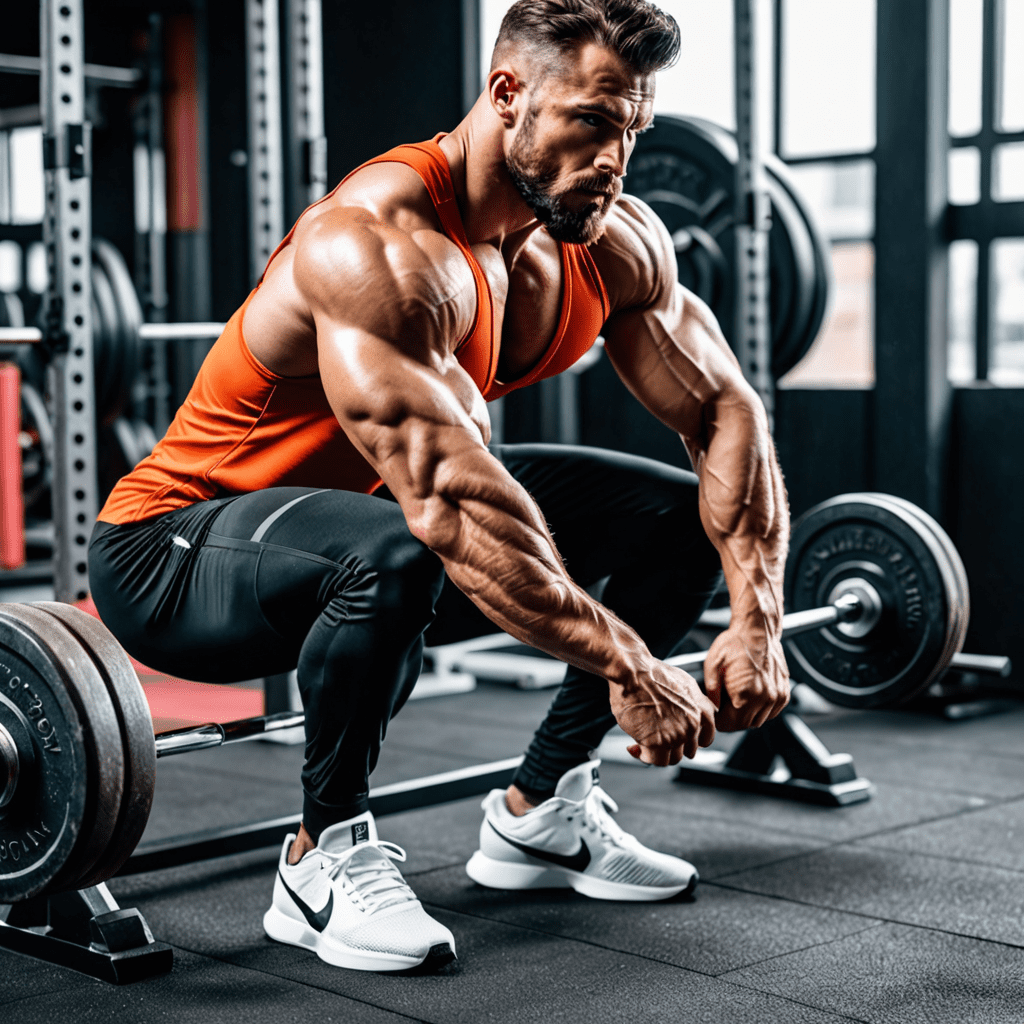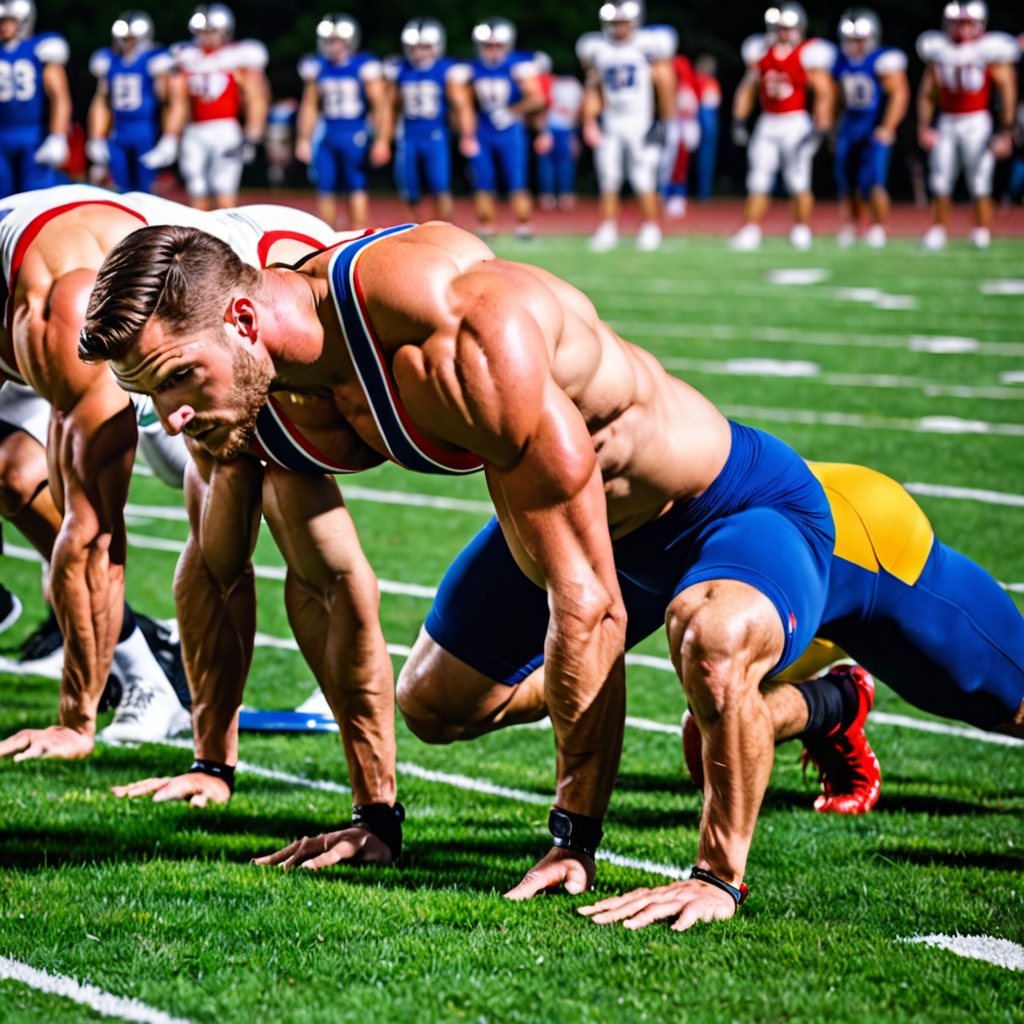
Unveiling the Ultimate Footwear for Powerlifting and Weightlifting
When it comes to enhancing your performance in powerlifting and weightlifting, the right footwear makes a significant difference. In recent years, squat shoes have gained popularity among fitness enthusiasts for their remarkable benefits. If you’re curious about what squat shoes are and how they can elevate your training, read on to discover everything you need to know.
Understanding the Purpose of Squat Shoes
Squat shoes, also known as weightlifting shoes, are specially designed footwear intended to optimize performance during weightlifting exercises, particularly squats. These shoes are characterized by their elevated heel and rigid sole, which aim to improve stability, balance, and overall lifting mechanics. By providing a solid base and enhanced ankle mobility, squat shoes enable lifters to achieve better depth and form while minimizing the risk of injury.
The Anatomy of Squat Shoes
Most squat shoes feature a raised heel, typically ranging from 0.5 to 1 inch, to facilitate a more upright torso positioning and improved squat depth. The heel is complemented by a firm and non-compressible sole, which ensures optimal support and weight distribution during lifts. Additionally, the upper part of squat shoes is often constructed with durable materials, offering stability and secure foot lockdown.
Benefits of Using Squat Shoes
Incoporating squat shoes into your training regimen can yield several advantages, such as:
- Enhanced Stability: The solid and slightly elevated heel promotes a more balanced and stable stance, enhancing lifting performance.
- Improved Form: The design of squat shoes helps to maintain an upright posture, facilitating proper alignment and reducing the risk of injury.
- Increased Ankle Mobility: The raised heel allows for greater ankle dorsiflexion, aiding in achieving a deeper squat position.
- Optimized Power Transfer: The rigid sole maximizes power transfer from the legs to the ground, enhancing overall lifting efficiency.
Choosing the Right Squat Shoes for You
When selecting squat shoes, factors such as heel height, material quality, and overall fit should be taken into consideration. Additionally, individual preferences and lifting style play a crucial role in determining the most suitable squat shoes for each athlete. It’s advisable to try on different models and seek guidance from experienced fitness professionals to find the perfect pair for your specific needs.
Integrating Squat Shoes into Your Training Routine
Once you’ve acquired the ideal squat shoes, it’s important to gradually integrate them into your workouts. Begin by using them during lighter lifting sessions to allow your body to adjust to the new footwear. As you become accustomed to squat shoes, gradually incorporate them into your heavier lifting sessions. With consistent use, you’ll experience the positive impact of squat shoes on your strength and overall lifting performance.
FAQs About Squat Shoes
Here are some common questions about squat shoes:
Q: Are squat shoes only beneficial for squats?
A: While squat shoes are primarily designed for squatting exercises, their advantages extend to various weightlifting movements, including overhead squats, snatches, and cleans.
Q: Can I wear squat shoes for other types of workouts?
A: Squat shoes are specialized for weightlifting and may not be suitable for activities that involve a significant amount of running or dynamic movements.
Q: Do squat shoes replace the need for proper lifting technique?
A: Squat shoes are a supportive tool for enhancing lifting mechanics, but they should not replace the importance of maintaining proper form and technique during weightlifting exercises.

